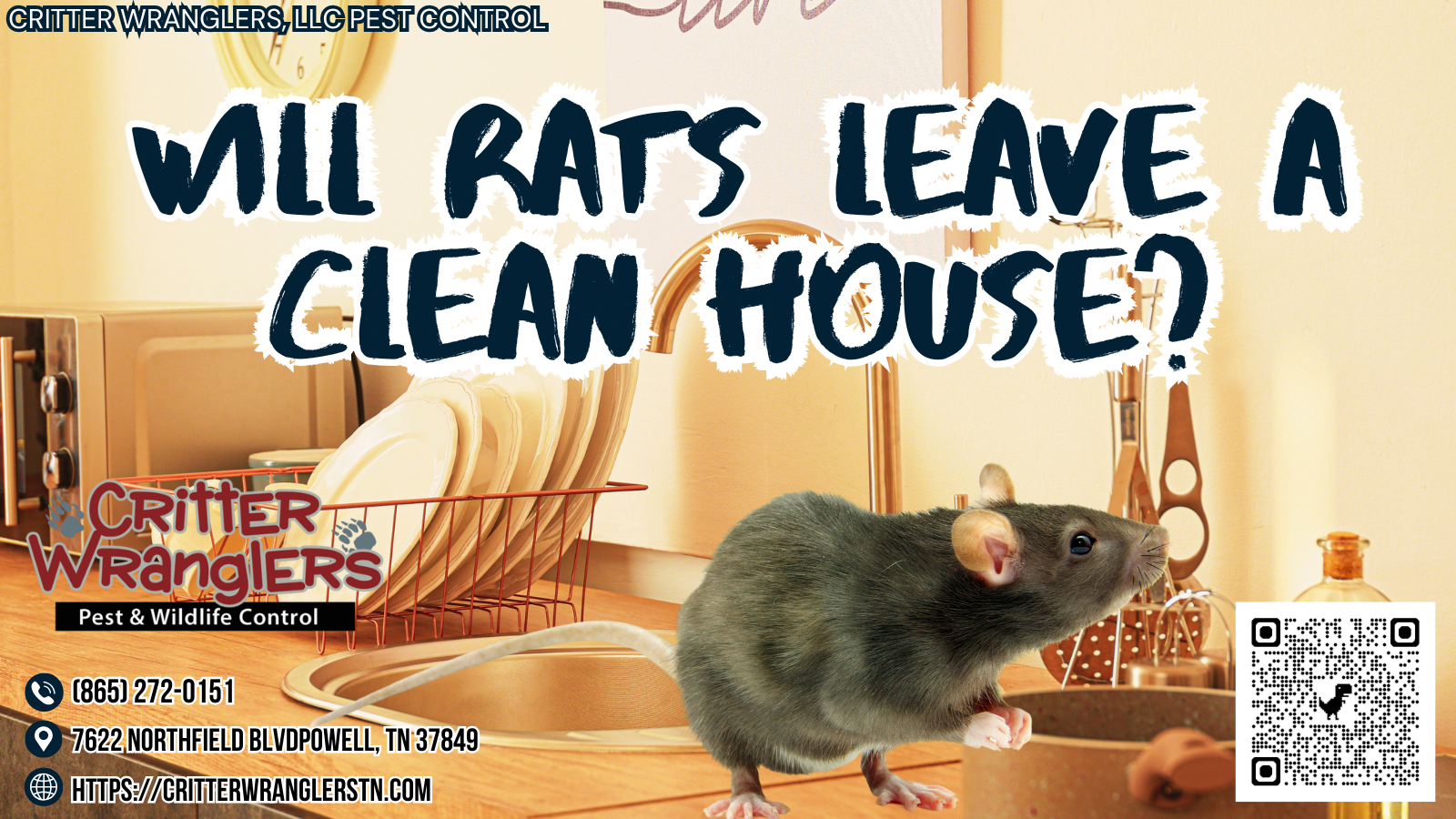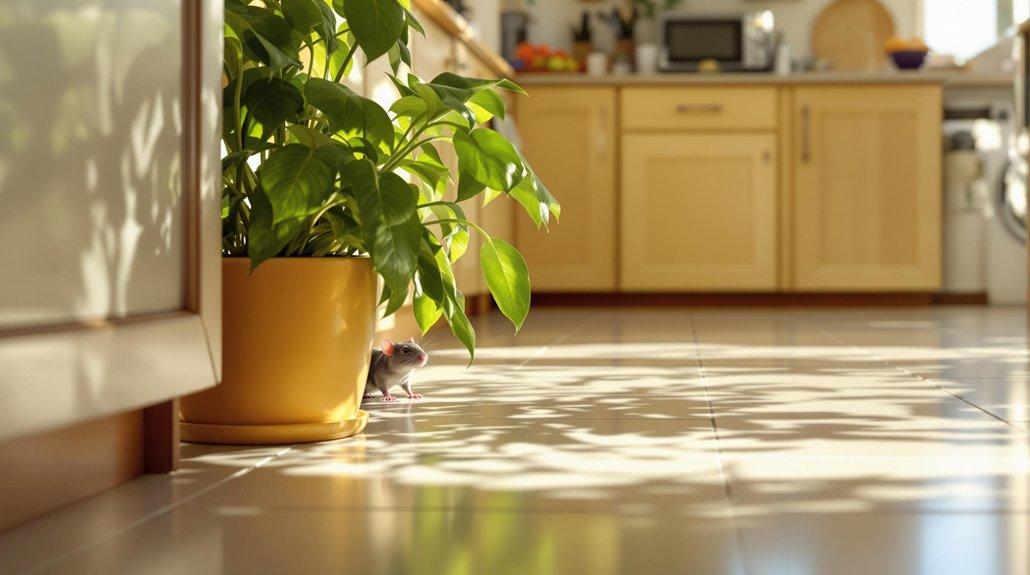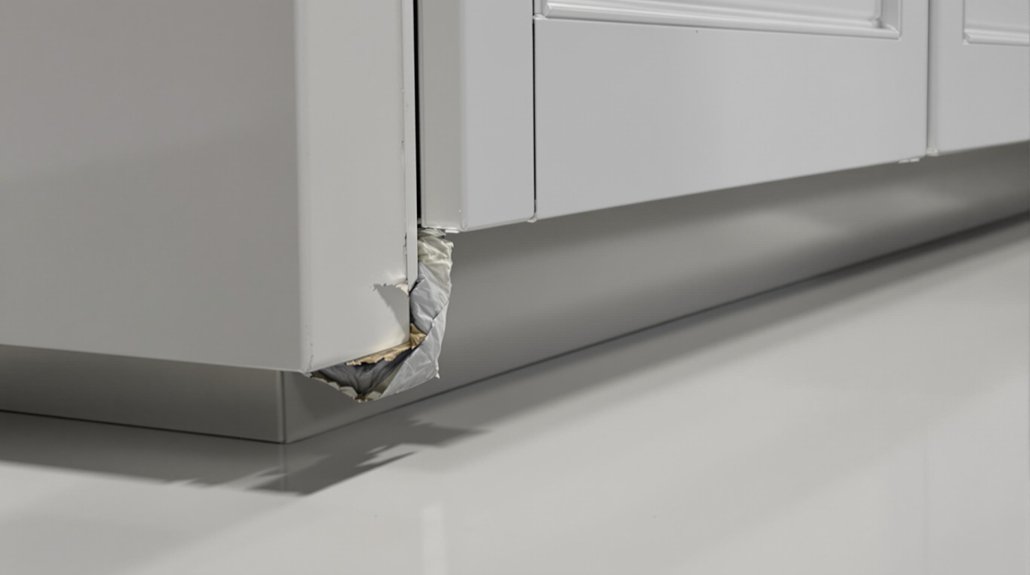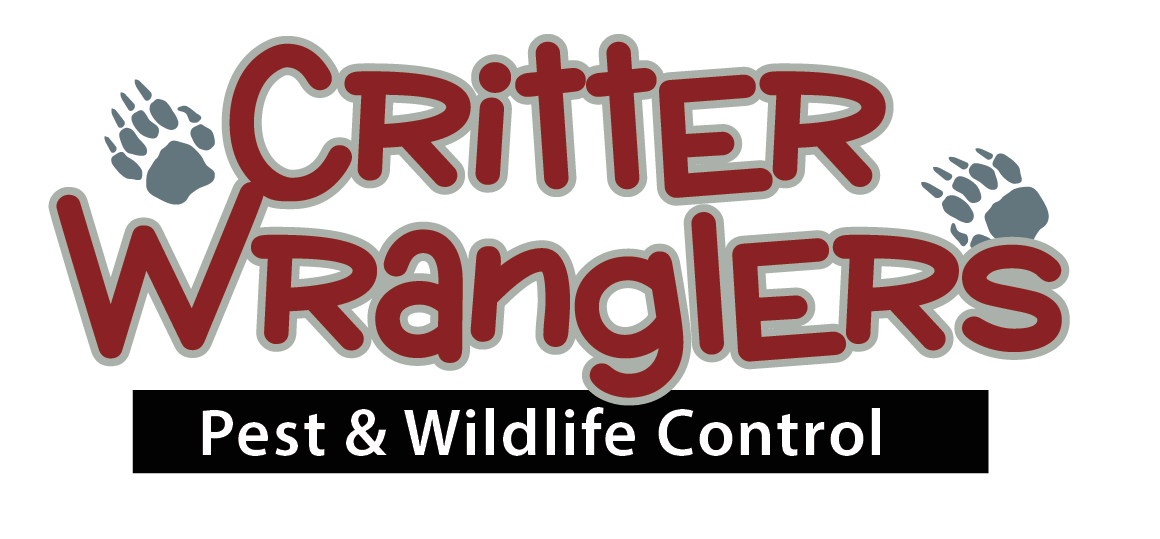Critter Wranglers, LLC Blog
Have an issue? Contact us today

Will Rats Leave a Clean House?
Rats are unlikely to stay in a clean house if proper sanitation practices are consistently applied. Cleanliness reduces food sources that attract these pests. Regular sweeping, wiping surfaces, and eliminating food debris are essential. Sealing food in airtight containers and managing garbage prevents rats from finding easy meals. Additionally, decluttering minimizes hiding spots, making your home less inviting. Maintaining a clean house not only promotes hygiene but also acts as a strong deterrent against infestations. For a deeper understanding of how to secure your home, there are more effective strategies and insights available.
Key Article Highlights
- A clean house significantly reduces food sources, making it less attractive for rats to inhabit.
- Regular sanitation practices, such as sealing food and managing waste, help deter rat infestations.
- Rats are less likely to nest in tidy environments, minimizing their presence in clean homes.
- Maintaining cleanliness and promptly addressing spills or food debris lowers the chances of attracting rats.
- While cleanliness helps, sealing entry points is crucial to prevent rats from entering, even in a clean house.
Understanding Rat Behavior

Although often viewed as pests, understanding rat behavior is essential for effective management and prevention. Rats possess strong instincts that drive their actions. They are naturally curious and will explore their surroundings in search of food and shelter. Their social behavior is notable; rats are often found in groups, forming close-knit communities. This social structure helps them communicate and share resources. Understanding these instincts and behaviors can aid in developing strategies to deter them. By recognizing their patterns, we can create environments that are less inviting. A proactive approach can reduce the likelihood of an infestation. Knowledge about rat behavior is key to serving others and ensuring safe, healthy living spaces for everyone.
The Role of Cleanliness
Maintaining cleanliness in homes plays a critical role in preventing rat infestations. Good cleaning habits help reduce the chances of attracting unwanted pests. Regularly sweeping floors and wiping surfaces can remove food crumbs and spills that may entice rats. Additionally, proper sanitation practices, such as taking out the trash frequently and storing food in sealed containers, are essential. Homeowners should also make certain that clutter is minimized, as it can provide hiding spots for these rodents. By prioritizing cleanliness, individuals can create an environment that is less inviting to rats. This not only protects the home but also serves the community by promoting healthier living spaces. Simple actions can make a significant difference in keeping homes rat-free.
Common Attractants for Rats

Numerous factors can attract rats into homes, making it essential for homeowners to be aware of these common temptations. The presence of food debris is a primary lure. Even the smallest crumbs can lead to a rat infestation. Additionally, areas suitable for rat nesting, such as cluttered spaces, can invite these pests.
| Attractant | Description |
|---|---|
| Food Debris | Leftover food particles and spills can attract rats. |
| Cluttered Areas | Piles of items provide nesting opportunities. |
| Open Garbage | Accessible trash cans are a significant draw. |
How Rats Enter Homes
Rats can enter homes through several common entry points. They are often attracted by food sources and can exploit structural vulnerabilities in buildings. Understanding these pathways is key to preventing infestations.
Common Entry Points
Holes and cracks in a home's structure serve as common entry points for pests. These openings can be found in walls, foundations, and around windows and doors. Even small gaps can allow rats to enter, making pest prevention vital. Homeowners should regularly inspect their property for these vulnerabilities. Sealing cracks with caulk or using steel wool to block holes can help deter entry. Additionally, ensuring that doors and windows close tightly can further protect the home. By being proactive about these entry points, residents can create a safer environment. Taking simple steps to seal these openings not only helps prevent rats but also promotes overall home health and safety for everyone.
Attracted by Food
Many homeowners may not realize that food sources greatly attract rats into their homes. Rats are always searching for easy meals, and any available food can lead to rat feeding. Common food sources include pet food, open garbage cans, and food left out on counters. Even crumbs on the floor can draw them in. It is essential to store food securely in sealed containers and keep kitchens clean. Regularly emptying trash and cleaning up spills can help reduce the chances of attracting these pests. By being mindful of food sources, homeowners can take steps to discourage rats from entering their living spaces. A clean environment is a key factor in preventing rat infestations.
Structural Vulnerabilities
Numerous entry points can provide rats with easy access to homes. Common vulnerabilities include foundation cracks and roof overhangs. These gaps allow rats to enter and nest inside. Homeowners should regularly inspect their properties for these issues.
| Entry Point | Description | Prevention Measures |
|---|---|---|
| Foundation Cracks | Gaps in the home's base | Seal cracks with appropriate materials |
| Roof Overhangs | Spaces between roof and wall | Verify proper installation and maintenance |
| Vents | Openings for ventilation | Install screens over vents |
| Pipes | Gaps around plumbing | Use caulk to seal openings |
| Windows | Unsecured or broken frames | Repair or replace as needed |
Taking proactive measures can help keep homes rat-free and safe for all.
Signs of a Rat Infestation

Although rats can be elusive, there are several clear signs that indicate an infestation. One of the most common signs is rat droppings identification. These droppings are usually dark and about the size of a grain of rice. Finding them in your home is a strong indication that rats are present. Another sign is nesting materials detection. Rats often gather items like paper, fabric, and insulation to create nests. Look for these materials in hidden areas such as attics or behind appliances. Additionally, you may notice gnaw marks on food packaging or furniture. If you see any of these signs, it is essential to take action promptly to address the problem.
Preventative Measures for Homeowners
To effectively prevent a rat infestation, homeowners should take proactive measures to secure their living spaces. Regular preventative inspections are vital. Homeowners should check for holes or cracks in walls, foundations, and around windows. Sealing these entry points can keep rats out. Additionally, proper homeowner education is indispensable. Understanding rat behavior and habits can help in identifying potential problems early. It is important to keep the yard tidy and remove any debris that may attract rodents. Homeowners should also guarantee that trash is stored securely. By implementing these simple steps, homeowners can create an environment that discourages rats from entering. Taking these actions not only protects the home but also supports a healthier living space for everyone.
Importance of Food Storage

Proper food storage is essential for keeping homes free of pests like rats. Sealing food tightly reduces the chance of attracting unwanted visitors. Additionally, having an organized pantry helps maintain cleanliness and easy access to items.
Proper Food Sealing
Effective food sealing is essential in preventing rodent infestations in homes. Proper food storage practices help keep food safe and discourage pests. When food is left open, it can attract rats and other rodents. Using airtight containers or resealable bags is a simple way to guarantee effective sealing. Always store dry goods, such as grains and cereals, in these secure containers. Refrigeration can also help keep perishable items safe from pests. In addition, it is important to check for any gaps or holes in food packaging. By maintaining proper food storage and effective sealing, we can create a cleaner environment. This not only protects our food but also serves to keep our homes free from unwanted visitors like rats.
Reducing Attractants
Eliminating potential food attractants is essential for maintaining a clean home and reducing the risk of rodent infestations. Proper food storage plays a key role in minimizing attractant sources. When food is left exposed, it invites pests.
To effectively manage waste and food storage, consider these tips:
- Store food in airtight containers to prevent access.
- Dispose of waste regularly and securely to eliminate potential food sources.
- Clean up spills and crumbs immediately to keep surfaces tidy.
Organized Pantry Practices
Maintaining a clean home requires not only reducing attractants but also organizing your pantry effectively. An organized shelf arrangement can help you easily find food items. This reduces the chances of spills and crumbs, which attract pests like rats. Use clear containers to store food and label them for quick access. Regular pantry inventory management is essential to keep track of what you have and when items expire. This practice helps you use food before it goes bad, minimizing waste. Additionally, placing less-used items at the back and frequently used items at the front guarantees efficient access. By maintaining an organized pantry, you create a cleaner environment that discourages unwanted visitors while serving your household needs.
Maintaining a Rat-Free Environment
Creating a rat-free environment requires attention to detail and proactive measures. Maintaining cleanliness is essential for effective pest management. Implementing regular cleaning routines can considerably reduce the risk of attracting rats.
- Seal any food containers tightly.
- Clean up spills and crumbs immediately.
- Regularly check for and seal entry points in your home.
These steps not only help keep your home clean but also create barriers against rodents. By being diligent in your cleaning and maintenance, you can provide a safer and healthier space for yourself and others. Remember, a clean house is less appealing to rats. Consistent efforts in these areas will make a noticeable difference in preventing unwanted pests.
When to Call Pest Control

How can you determine the right moment to call pest control for a rat problem? First, look for infestation signs. Common signs include droppings, gnawed materials, and nests made of soft items. If you notice any of these signs, it is essential to act quickly. Rats reproduce rapidly, so a small problem can grow into a larger one soon. Additionally, if you hear scratching sounds in walls or ceilings, it is a strong indication that you need help. If you find yourself struggling to manage the situation, do not hesitate to contact a pest control professional. They have the tools and knowledge to handle rat infestations effectively. Protect your home and well-being by seeking assistance when needed.
Frequently Asked Questions
Can Rats Survive Without Food for a Long Time?
Rats can survive for several days without food due to their rat survival strategies. However, prolonged food scarcity affects their health, leading to weakness and increased vulnerability. Access to food is essential for their well-being.
Do Certain Breeds of Rats Prefer Dirty Homes?
Imagine a banquet hall filled with exquisite dishes. Certain rat breeds, akin to discerning guests, exhibit behavior that favors messiness, finding cleanliness less attractive. Consequently, their preferences may lean towards cluttered environments over pristine surroundings.
What Time of Day Are Rats Most Active?
Rats exhibit nocturnal behavior, meaning they are most active during the night. Their peak activity typically occurs in the hours just after dusk and before dawn, as they search for food and engage in social interactions.
Can Pets Deter Rats From Entering a Home?
In a hypothetical case, a family with a dog and cat experienced fewer rat sightings. Certain pet types, like dogs and cats, act as natural deterrents, helping keep these unwanted rodents away from homes.
How Quickly Can Rats Reproduce in a Favorable Environment?
Rats can reproduce rapidly in favorable breeding conditions. A female rat can produce up to 12 offspring every three weeks, resulting in a high reproductive rate. This can lead to significant population growth in a short time.
